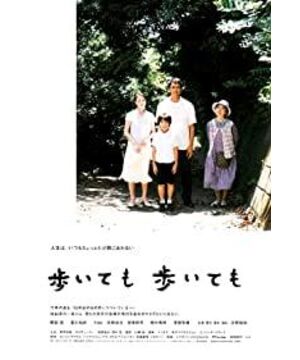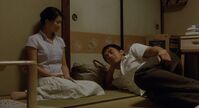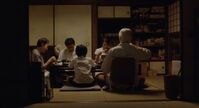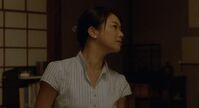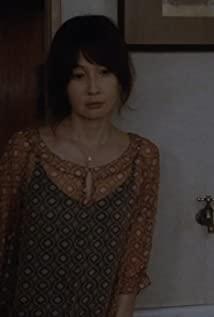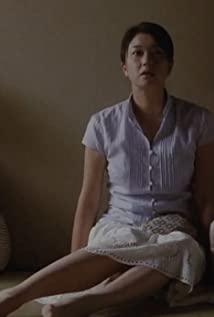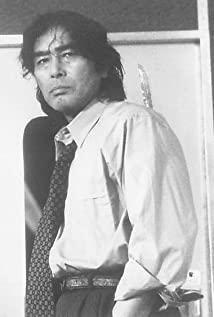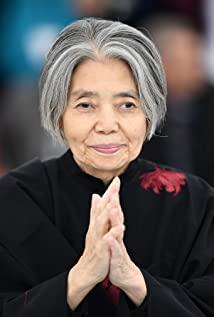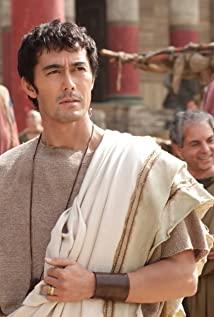Walking non-stop, the topic of death was quickly brought into the scene from the beginning, and everyone was showing their state of life around the topic of death.
On top of this view of life and death, there are a lot of details of life attached to the branches, very specific and imperceptible details, he did not deliberately enlarge, but in the calm and smooth shooting process, he paused for a moment to attract our attention, and then to the before shooting.
In addition, you can see some symbols, butterflies, and a stranded boat on the seashore, all of which are slightly intentional, but not intentional.
There are opinions that compare Shizhi with Hou Hsiao-hsien, Ozu, etc. This is inappropriate. Hou Hsiao-hsien's distance is farther, and the branches are much closer and more narrative, and the narrative will inevitably reveal emotions. Ozu is a strict design, emphasizing precision, and the branches are much more relaxed. But the most important thing is that Zhi's emphasis on life and death is not so important for these two, at least Hou Hsiao-hsien is not so important. So I don't think he is a stylized director, but a characteristic director.
As for the picture, the language of the shots, etc., I don't think it is necessary to discuss too much. The script is written, and the style of how to shoot has been determined.
Because of grasping life and death, the key to this problem is that Zhi's film will always be stable at such a high level, and other things are just a matter of perspective. The issue of perspective is never an issue.
View more about Still Walking reviews


